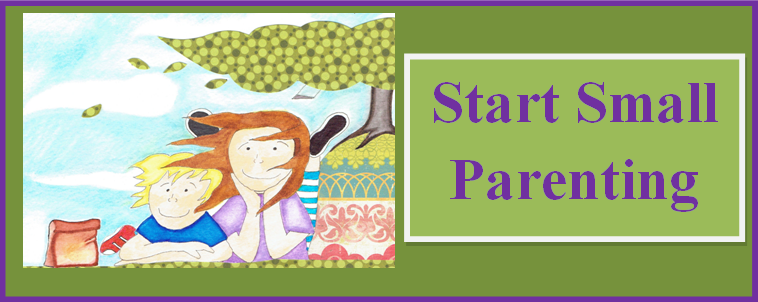Aretha knew what she was singing about. She wasn’t asking for love. She wanted respect.
I love my kid to pieces. But when Zed is not listening to my voice and chasing the dog with a paint brush in his hand and the model-airplane paint (permanent, of course) is now on my newly-redecorated kitchen cabinets, I will admit to not feeling so loving. Fortunately, in a trying situation, I can pull deep down and bring up the theme of respect.
Respect and Formality
Respect is not just the formal show of reverence given to the father in the Sound of Music as the pack of children stand obediently in line like good little soldiers. It’s a theme I can rely on again and again. In the above scenario, after I have broken into a sweat and chased my son around the kitchen island with a few choice words under my breath, I can take that same breath to calm myself down. It’s respectful here to manage my anger and use a calm voice as soon as possible. It’s respectful to stop my son’s world using tools I’ve been practicing since he was small, get his attention, and tell him what I do want him to do.
My father is a behavior educator and family therapist whose 3R’s teachings I often reference on this blog. Respect is at the heart of his 3R’s of Positive Behavior (To be Respectful, Responsible, and Reliable) .This is a dynamic concept which includes some of each “R” within the other. This is outlined in his 3R’s of Positive Behavior Teacher’s Manual, which has many ideas that can be used in parenting. (I consider myself my child’s first teacher.)
But What About Love?
When my father was developing the 3R’s of Positive Behavior, I wanted to know where love was in this trilogy. As John Lennon said, “Love is all there is.” Isn’t love enough when parenting? But I began to understand, love isn’t enough. Love looks many different ways to different people. Every friend I have loves their child deeply, yet some are unpracticed or unable to maintain the theme of respect in their parenting style.
What Does Respect Look Like?
For children to become respectful people, it’s important to teach them to have a high value for other people, their authority, their body, and their possessions. This includes respecting their time, energy, and values. It also means having respect for the law. And having respect for oneself.
One of the best ways to develop respectful children is to model respect. When I raise my voice in anger and impatience, I don’t model the very respect I want my child to exhibit. It’s a constant practice for me to parent with respect.
My son, Zed doesn’t like it when other kids are mean. He does not feel loving to a child who acts like a bully. I don’t ask him to love the bully. It’s really important to me that Zed respects others. So I ask him to treat the child with respect, even if Zed doesn’t like his actions. And to look at what action will be respectful to himself in the situation. We will meet plenty of people we don’t like and be put in difficult situations all of our life. With practice, the theme of respect can help us through.
Your Dip Stick Test
So if the oil in your parenting tank gets full of debris, try this dip stick test:
1) Check yourself. Are you modeling respectful behavior in the moment?
- Deep breath
- Calm voice
- Reasonable expectations
2) Have you waited until the heat of the moment has passed? This allows for a teaching moment where you can tell your child what respectful behavior you expect.
3) Practice in small ways so that when a bigger deal happens, you’re prepared.
When my parenting groove gets off track, it helps to get it back by bringing in the theme of respect. Throughout my blog posts, I will refer to tools for respectful parenting. I hope they help you get in your groove as much as they have helped me.


